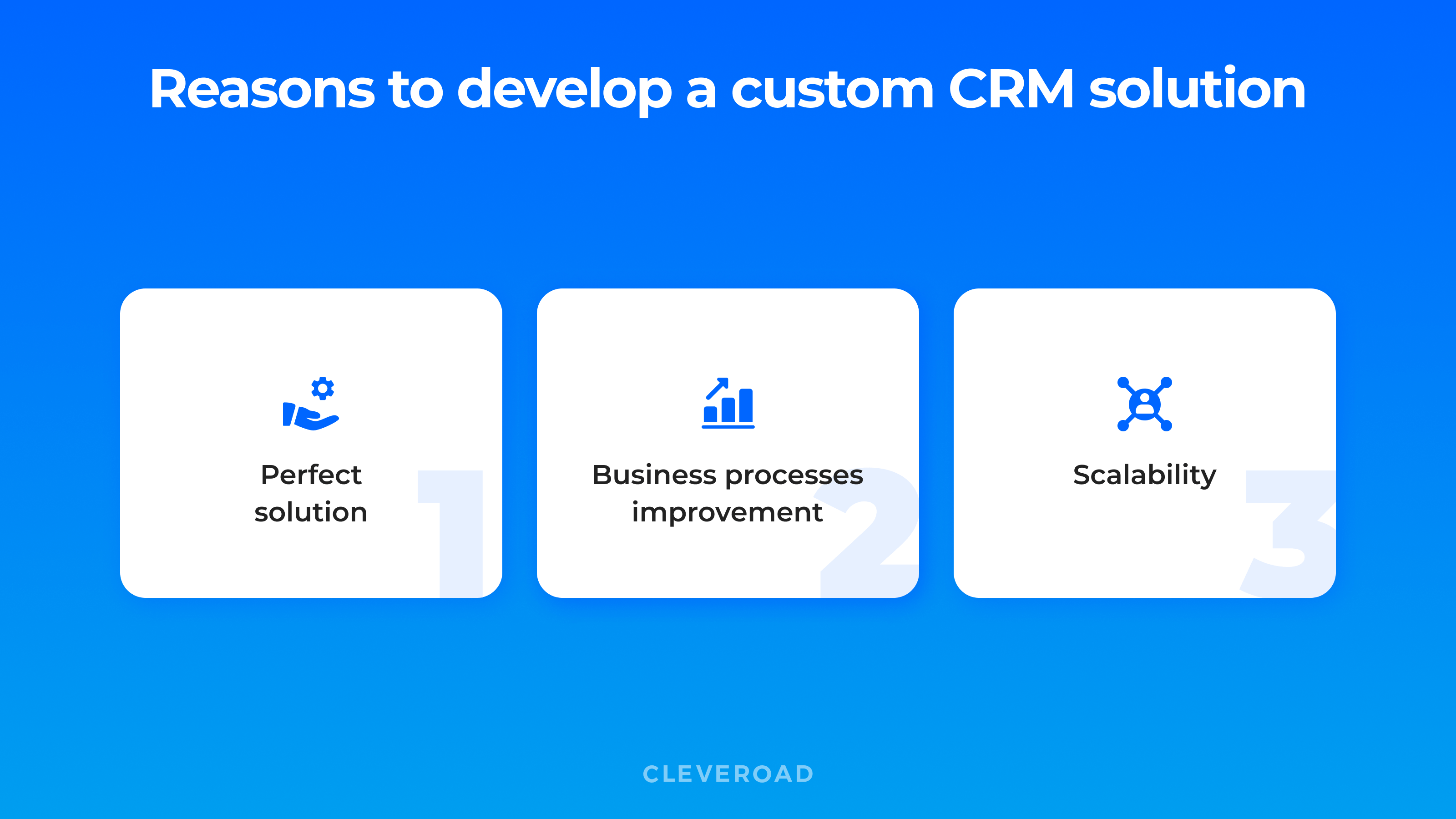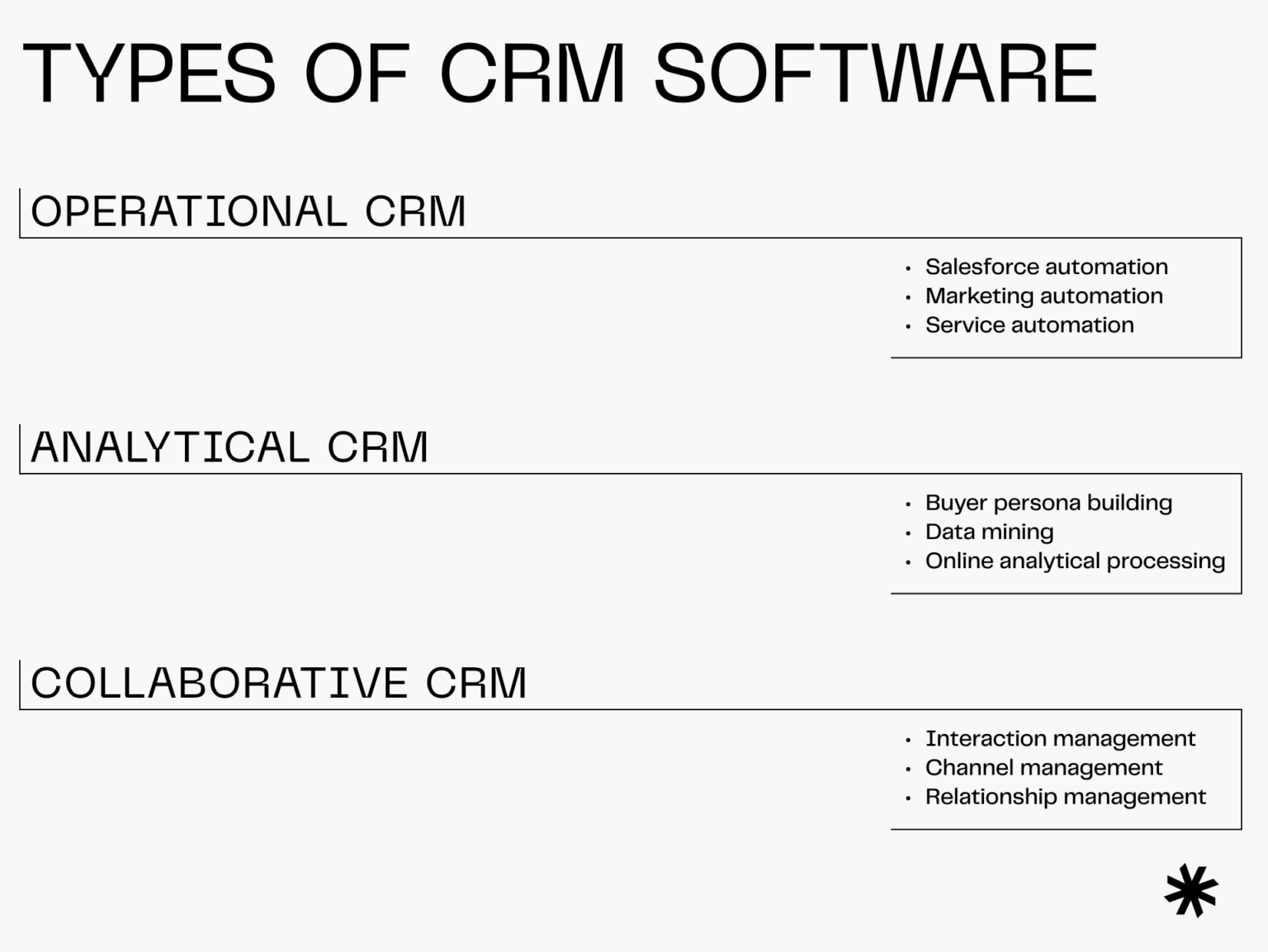Welcome to the world of CRM build, where we dive into the intricacies of crafting and managing a robust Customer Relationship Management system. In this comprehensive guide, we’ll navigate the complexities of CRM, exploring its benefits, challenges, and best practices to help you build a system that empowers your business and fosters customer loyalty.
Our journey begins with a deep dive into the fundamentals of CRM build, defining its essence and unraveling the advantages it offers. We’ll then embark on a step-by-step exploration of the CRM build process, providing valuable insights into each phase and arming you with practical tips to avoid common pitfalls.
CRM Build Process

Building a CRM system involves a series of well-defined steps, each with its own set of best practices and potential pitfalls.
Steps Involved in Building a CRM
The typical steps involved in building a CRM include:
- Define requirements:Clearly outlining the business objectives, user needs, and functional requirements of the CRM system.
- Choose a CRM platform:Selecting a platform that aligns with the organization’s size, industry, and specific requirements.
- Data migration:Transferring existing customer data into the new CRM system.
- Customization and configuration:Tailoring the CRM system to meet the unique needs of the organization.
- Integration:Connecting the CRM system with other business applications, such as ERP, marketing automation, and customer support systems.
- Testing and deployment:Ensuring the CRM system is functioning as intended before deploying it to users.
- Training and adoption:Providing users with the necessary training and support to effectively use the CRM system.
Best Practices for CRM Build
Some best practices for building a successful CRM system include:
- Involve stakeholders:Engage key stakeholders from across the organization in the planning and implementation process.
- Establish clear goals:Define specific, measurable, achievable, relevant, and time-bound goals for the CRM system.
- Use a phased approach:Break down the CRM build into smaller, manageable phases to reduce risk and ensure successful implementation.
- Test thoroughly:Conduct rigorous testing throughout the build process to identify and resolve any issues before deployment.
- Monitor and measure:Track key performance indicators to evaluate the effectiveness of the CRM system and make necessary adjustments.
Common Pitfalls to Avoid
Some common pitfalls to avoid when building a CRM system include:
- Lack of clear requirements:Failing to properly define the business objectives and user needs can lead to a system that does not meet expectations.
- Choosing the wrong platform:Selecting a CRM platform that is not suited to the organization’s needs can result in wasted time and resources.
- Data quality issues:Inaccurate or incomplete customer data can compromise the effectiveness of the CRM system.
- Poor integration:Failing to properly integrate the CRM system with other business applications can lead to data silos and inefficiencies.
- Lack of user adoption:If users are not adequately trained or supported, they may not fully utilize the CRM system, reducing its value to the organization.
CRM Build Features
CRM systems offer a range of features that are essential for effective customer relationship management. These features include:
Contact management:CRM systems allow you to store and manage contact information for all of your customers, including their name, address, phone number, email address, and social media profiles. Lead management:CRM systems help you track and manage your sales leads, from initial contact to closing.
Opportunity management:CRM systems help you track and manage your sales opportunities, from the initial proposal to the final sale. Customer service management:CRM systems help you track and manage your customer service interactions, including phone calls, emails, and chat sessions. Marketing automation:CRM systems can be integrated with marketing automation software to help you automate your marketing campaigns.
Reporting and analytics:CRM systems provide you with reporting and analytics tools to help you track your progress and measure your results.
Customizing CRM Features
CRM systems can be customized to meet the specific needs of your business. For example, you can add custom fields to track additional information about your customers, or you can create custom reports to track specific metrics.
Case Studies of Successful CRM Implementations
There are many case studies of successful CRM implementations. For example, Salesforce, a leading CRM provider, has helped many companies improve their customer relationships and increase their sales. One example is Coca-Cola, which used Salesforce to improve its customer service by 20%.
CRM Build Integration
Integrating CRM with other business systems is crucial for optimizing business operations. It allows for seamless data sharing, improves efficiency, and enhances decision-making.
To integrate CRM, consider popular software applications like accounting software, marketing automation tools, and e-commerce platforms. Integration can be achieved through APIs, middleware, or third-party connectors.
Benefits of CRM Integration, Crm build
- Centralized Data:Integration eliminates data silos, ensuring that all customer information is stored in a single, accessible location.
- Improved Communication:Integrated systems enable seamless communication between departments, eliminating miscommunication and delays.
- Increased Efficiency:Automation of processes reduces manual tasks, freeing up time for more strategic initiatives.
- Enhanced Decision-Making:Access to real-time data from various sources provides a comprehensive view of customers, enabling informed decision-making.
CRM Build Management

CRM Build Management involves the ongoing tasks of monitoring, maintaining, and optimizing CRM systems to ensure their effectiveness and alignment with business objectives. It encompasses data management, performance optimization, security updates, and user training to maximize the value of CRM investments.
CRM Performance Optimization
- Regularly review system performance metrics, such as response times, data processing speeds, and user satisfaction.
- Identify bottlenecks and implement performance enhancements, such as hardware upgrades, software optimization, and database tuning.
- Monitor system usage patterns and adjust resource allocation accordingly to prevent overloads and ensure optimal performance.
CRM Data Quality Management
Maintaining CRM data quality is crucial for accurate reporting, effective decision-making, and positive customer experiences.
- Establish data quality standards and implement data validation processes to ensure data accuracy and completeness.
- Regularly conduct data audits to identify and correct errors, inconsistencies, and duplicates.
- Integrate data cleansing tools and automate data quality checks to minimize manual effort and improve efficiency.
CRM Build Trends

The CRM landscape is constantly evolving, with new technologies and trends emerging all the time. These trends are shaping the future of CRM and providing businesses with new opportunities to improve their customer relationships.
One of the most significant trends in CRM is the rise of artificial intelligence (AI). AI is being used to automate a variety of CRM tasks, such as lead scoring, customer segmentation, and personalized marketing. This is freeing up CRM users to focus on more strategic initiatives.
Another major trend is the increasing popularity of cloud-based CRM solutions. Cloud-based CRM solutions are more affordable and easier to use than on-premise solutions, and they offer a number of benefits, such as increased flexibility and scalability.
Finally, there is a growing trend towards the integration of CRM with other business applications. This integration is allowing businesses to get a complete view of their customers and to provide a more seamless customer experience.
CRM Innovations
The latest CRM innovations are focused on providing businesses with the tools they need to improve customer relationships. These innovations include:
- AI-powered chatbots:AI-powered chatbots can be used to provide customer support 24/7. They can answer questions, resolve issues, and even schedule appointments.
- Personalized marketing:Personalized marketing uses data to tailor marketing messages to each individual customer. This can help businesses increase conversion rates and improve customer satisfaction.
- Customer journey mapping:Customer journey mapping helps businesses understand the customer experience from start to finish. This information can be used to identify pain points and improve the customer experience.
Last Point
As we conclude our exploration of CRM build, let’s recap the key takeaways. We’ve covered the significance of defining your business needs, selecting the right CRM platform, and customizing it to align with your unique requirements. Integration with other systems is crucial, and ongoing management is essential to ensure optimal performance and data quality.
Remember, CRM build is an ongoing journey, and by embracing emerging trends and leveraging the latest innovations, you can stay ahead of the curve and create a CRM system that drives business success and customer satisfaction.
FAQ
What is the purpose of CRM build?
CRM build aims to establish a centralized system for managing customer interactions, streamlining communication, tracking sales pipelines, and enhancing customer service.
What are the key benefits of building a CRM?
CRM build offers numerous benefits, including improved customer relationships, increased sales productivity, enhanced marketing effectiveness, and better decision-making based on data analysis.
How do I choose the right CRM platform?
Selecting the right CRM platform depends on your business size, industry, and specific needs. Consider factors such as scalability, customization options, integrations, and cost.